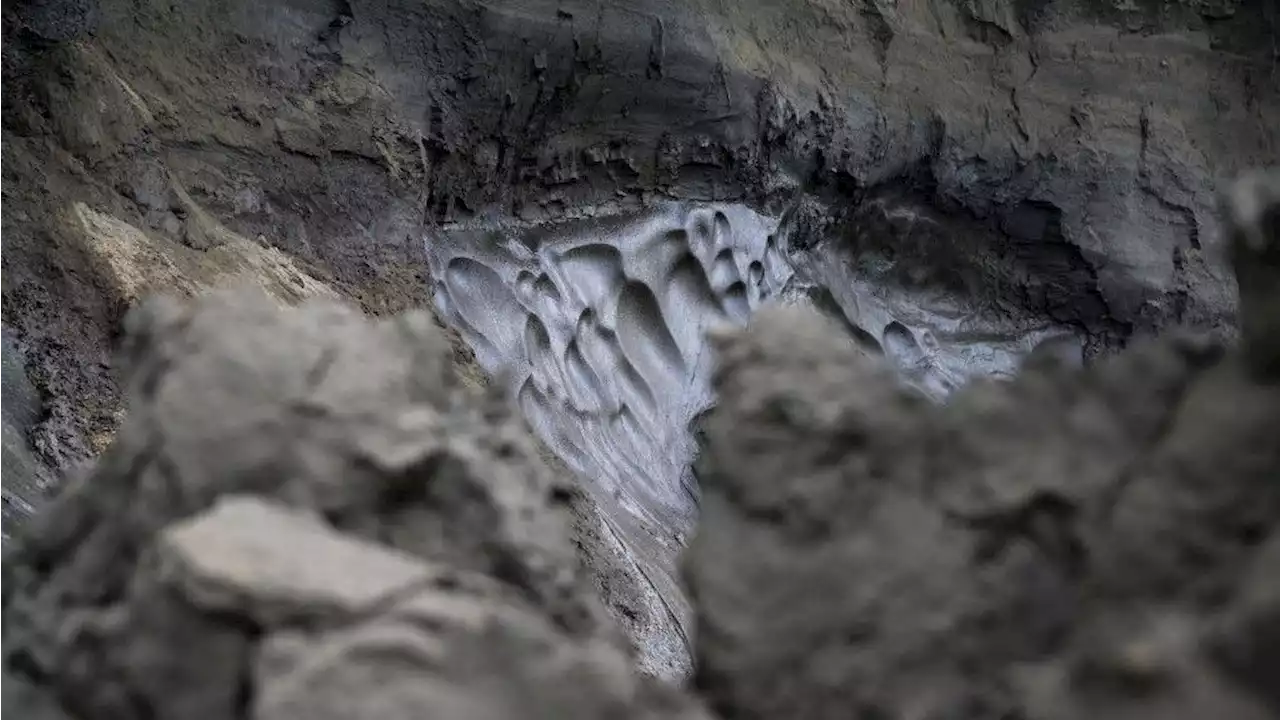Scientists are discovering and resurrecting ancient viruses trapped in permafrost and frozen remains. Here are 8 'zombie' viruses that scientists have pulled from the permafrost.
Locked away in frigid Arctic soils and riverbeds is a world teeming with ancient microbes. Bacteria and viruses that existed thousands of years ago are frozen in time inside prehistoric layers of permafrost.
"We will never risk isolating a virus eventually capable of infecting modern mammals," Claverie told Live Science in an email."We do not have formal proof that other viruses and amoeba-specific viruses could survive as long, but there would be no reason why not, because all viruses basically have the same property of being inert particles while outside their host cells.
The researchers named the virus after the Greek word"pithos," which refers to large containers, or amphoras, used by the ancient Greeks to store wine and food. They published their results in a 2014 study in the journal PNAS. 3. Pithovirus mammothPithovirus mammoth is the second strain of Pithovirus on record and was isolated from a clump of 27,000-year-old, petrified mammoth wool unearthed on the banks of the Yana River in the Russian Far East. P. mammoth has a large and elongated particle that measures 1.8 micrometers in length and displays a similar cork-like structure as P. sibericum. Amoebas are its only host.
The team exposed the newfound Pandoravirus strain to a culture of amoebas, as well as to human and mouse cells, which is the standard protocol to verify that viruses cannot infect mammalian cells. Mimiviruses were the first viruses that researchers classified as giant viruses, after discovering them in the water of a cooling tower in Bradford, England, in 1992. Mimiviruses infect amoebas and have particles that are 0.5 micrometer in diameter and enclosed in a capsule with 20 identical, triangular facets. Megaviruses, such as M. mammoth, belong to a subfamily of Mimiviridae and have the same characteristics.
United States Latest News, United States Headlines
Similar News:You can also read news stories similar to this one that we have collected from other news sources.
 Optimizing Teen Sleep – Scientists Reveal the SecretRecent studies reveal that adolescents who refrain from having screens in their bedrooms, disable notifications, and abstain from using social media while in bed experience enhanced sleep quality. A week following the American Psychological Association's health advisory regarding adolescent use o
Optimizing Teen Sleep – Scientists Reveal the SecretRecent studies reveal that adolescents who refrain from having screens in their bedrooms, disable notifications, and abstain from using social media while in bed experience enhanced sleep quality. A week following the American Psychological Association's health advisory regarding adolescent use o
Read more »
 Scientists invent artificial cochlea to boost performance of hearing aidsResearchers have engineered a sensor inspired by the human cochlea that has the ability to process sounds in noisy environments more effectively than current microphones.
Scientists invent artificial cochlea to boost performance of hearing aidsResearchers have engineered a sensor inspired by the human cochlea that has the ability to process sounds in noisy environments more effectively than current microphones.
Read more »
 Scientists Gave People Psychedelics—and Then Erased Their MemoryWoah...that was trippy 😵💫 With psychedelics gaining attention from regulators and the public, scientists are getting creative and asking: How can we study these compounds effectively to really grasp their effects? 🎨: WIRED Staff; Getty Images
Scientists Gave People Psychedelics—and Then Erased Their MemoryWoah...that was trippy 😵💫 With psychedelics gaining attention from regulators and the public, scientists are getting creative and asking: How can we study these compounds effectively to really grasp their effects? 🎨: WIRED Staff; Getty Images
Read more »
 Scientists say they can’t rely on Twitter anymoreTwitter’s new price tiers have already pushed researchers off the platform.
Scientists say they can’t rely on Twitter anymoreTwitter’s new price tiers have already pushed researchers off the platform.
Read more »
 Philippines scientists develop climate-resistant rice | Reuters VideoScientists at the International Rice Research Institute are developing varieties of climate-resistant rice, hoping to curb the effects of climate change on agriculture. Ilan Rubens reports.
Philippines scientists develop climate-resistant rice | Reuters VideoScientists at the International Rice Research Institute are developing varieties of climate-resistant rice, hoping to curb the effects of climate change on agriculture. Ilan Rubens reports.
Read more »
 Scientists Pull Energy Out Of Clean Air - Videos from The Weather ChannelScientists have developed a technique to produce clean energy using the moisture in humid air. Here’s how the complex science works and how clouds can help us understand it. - Videos from The Weather Channel | weather.com
Scientists Pull Energy Out Of Clean Air - Videos from The Weather ChannelScientists have developed a technique to produce clean energy using the moisture in humid air. Here’s how the complex science works and how clouds can help us understand it. - Videos from The Weather Channel | weather.com
Read more »
